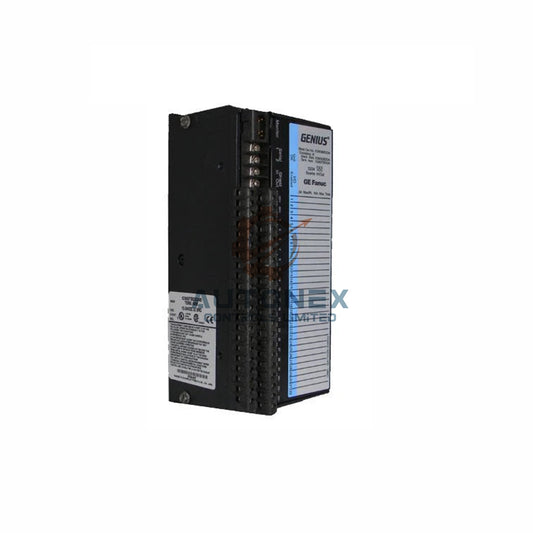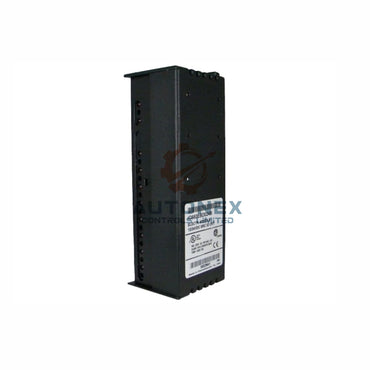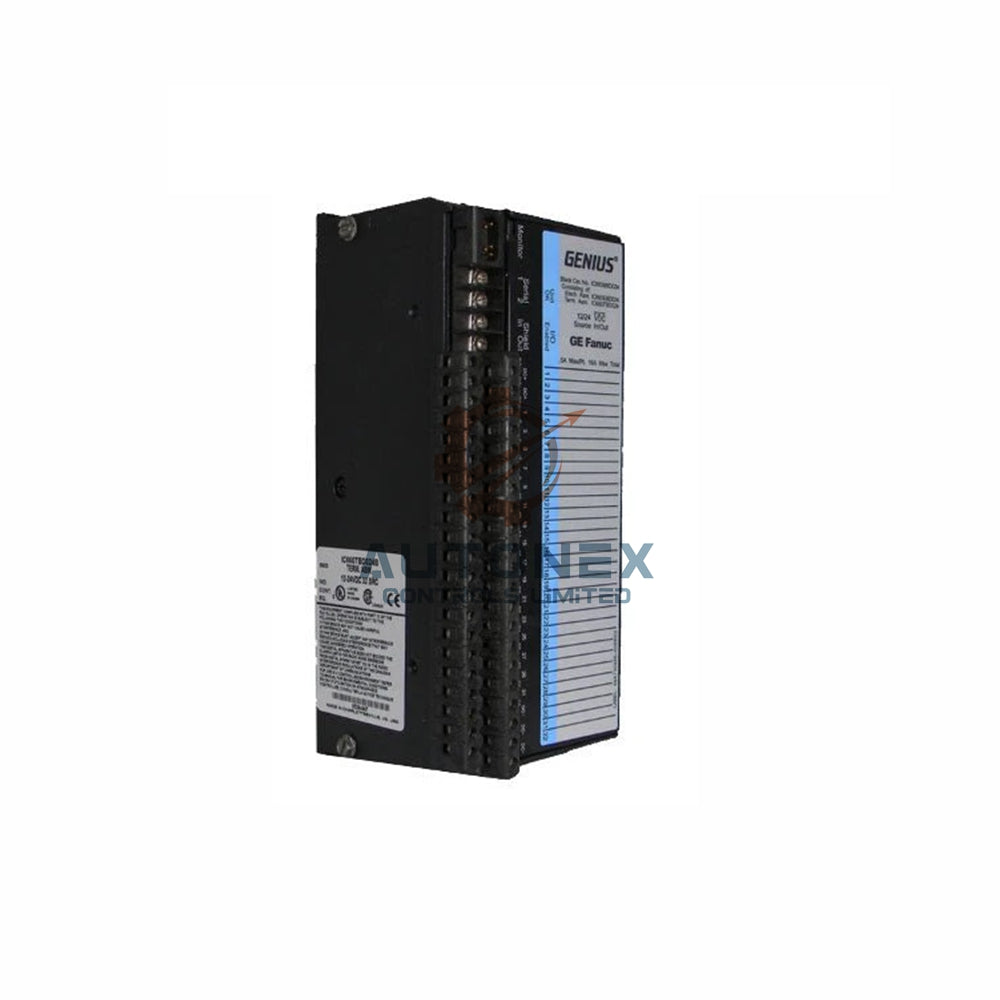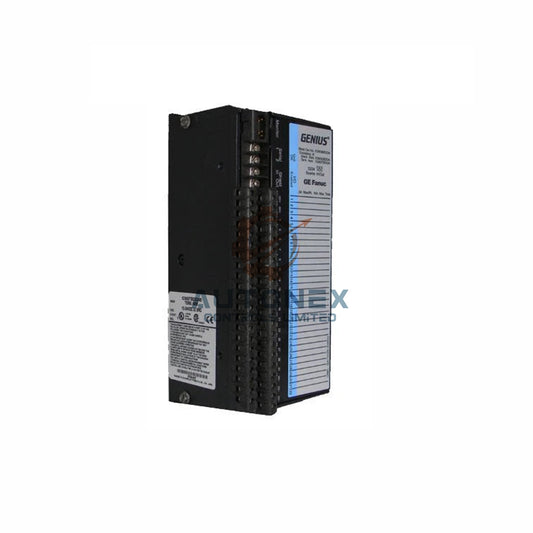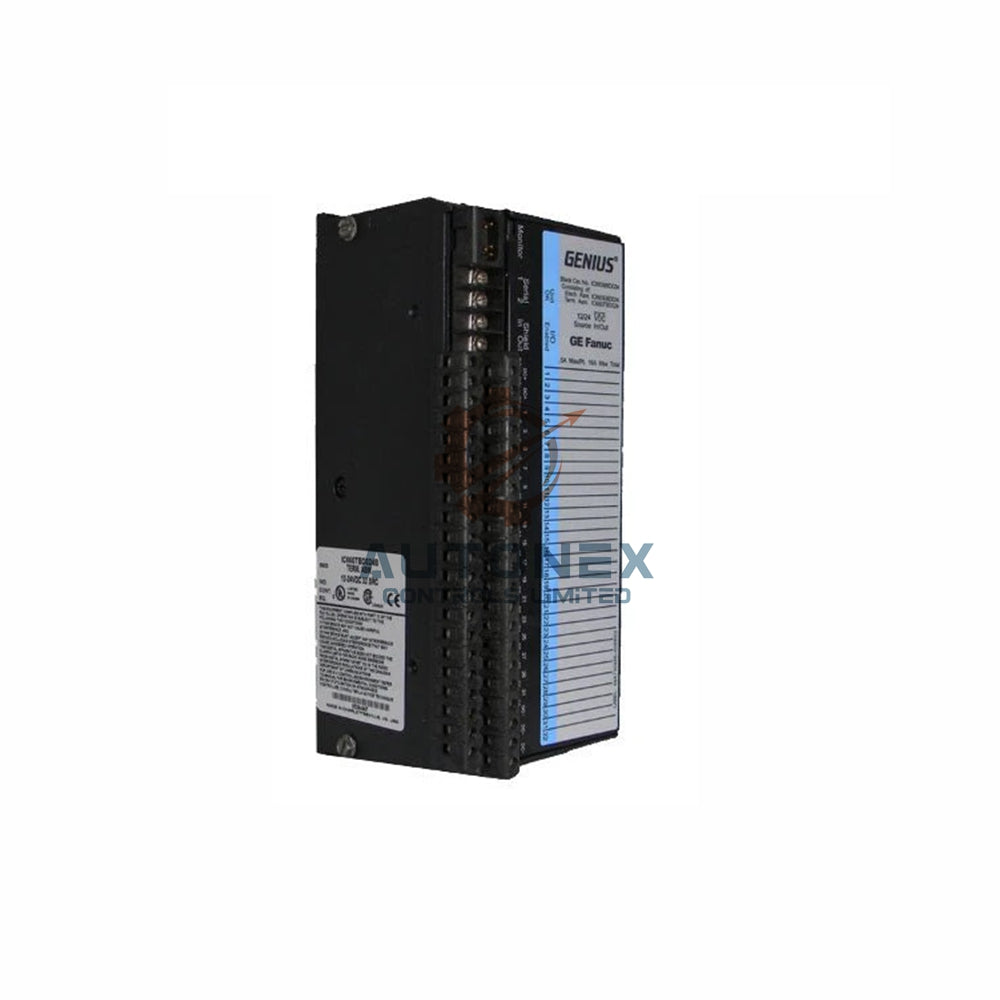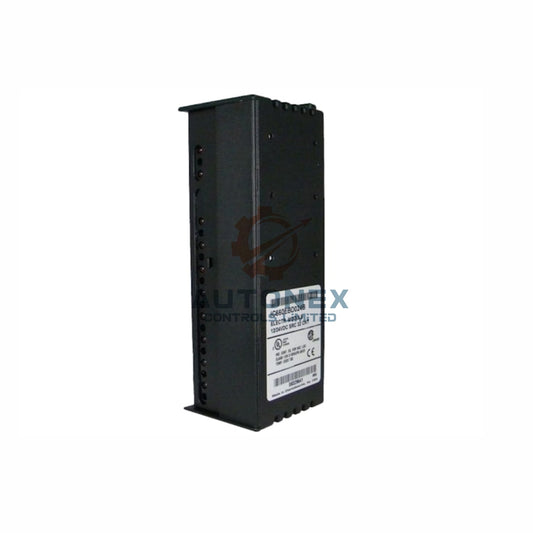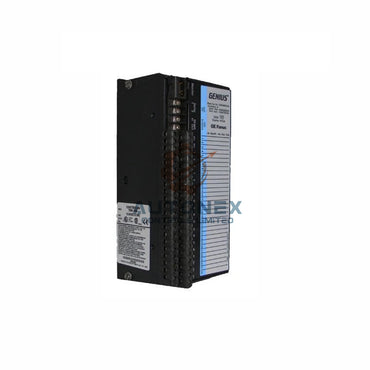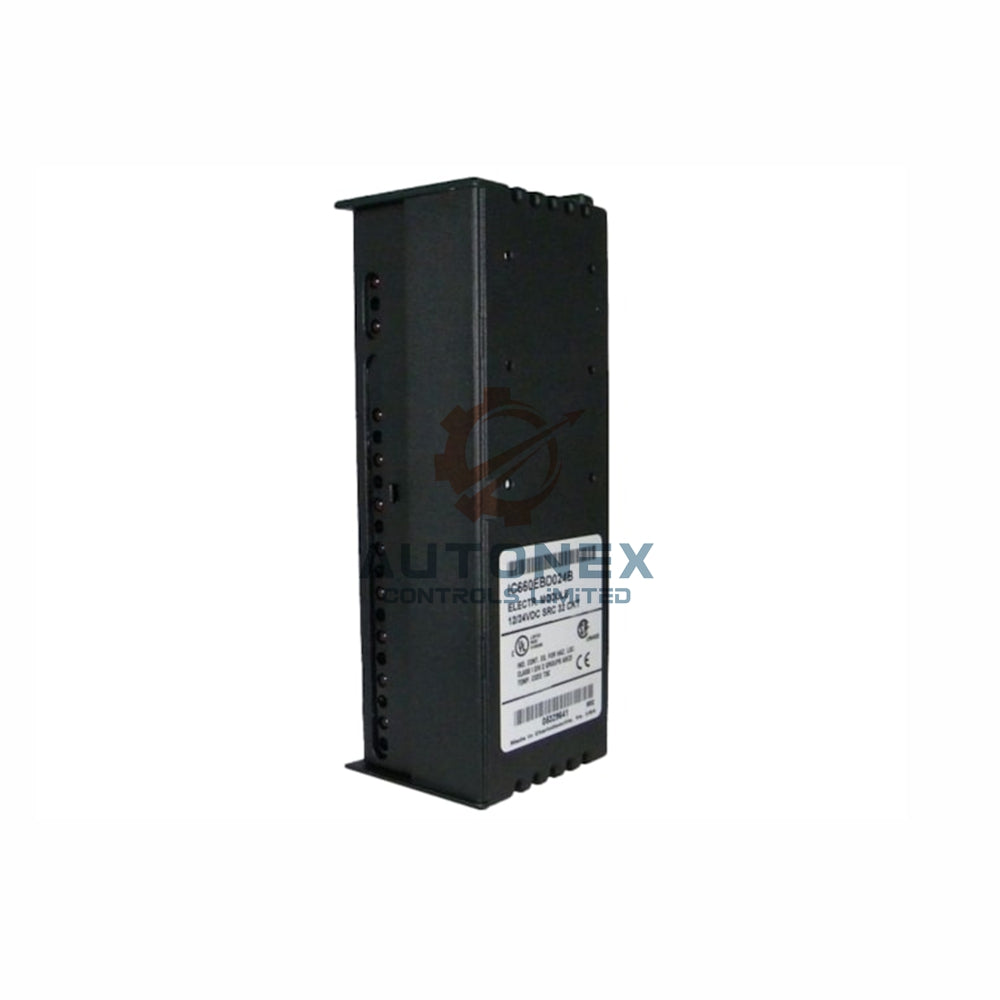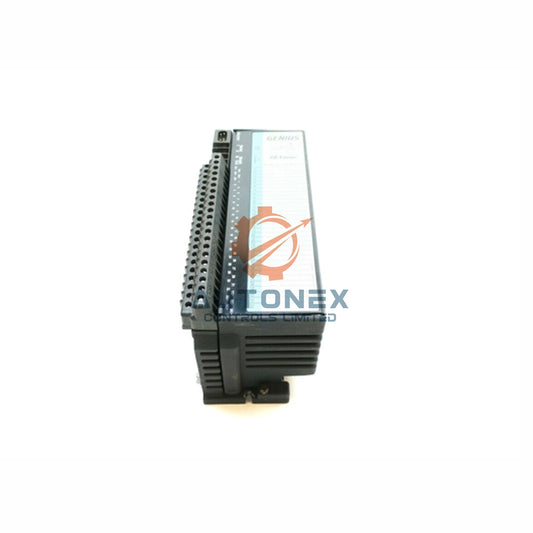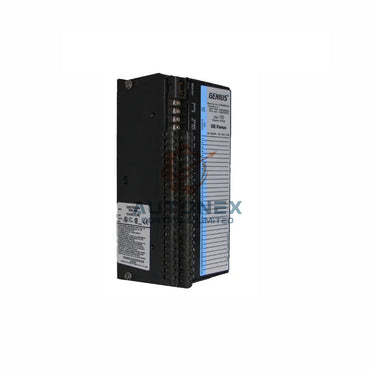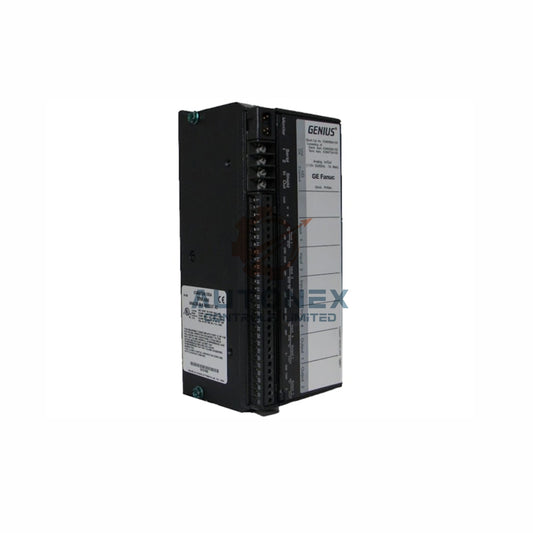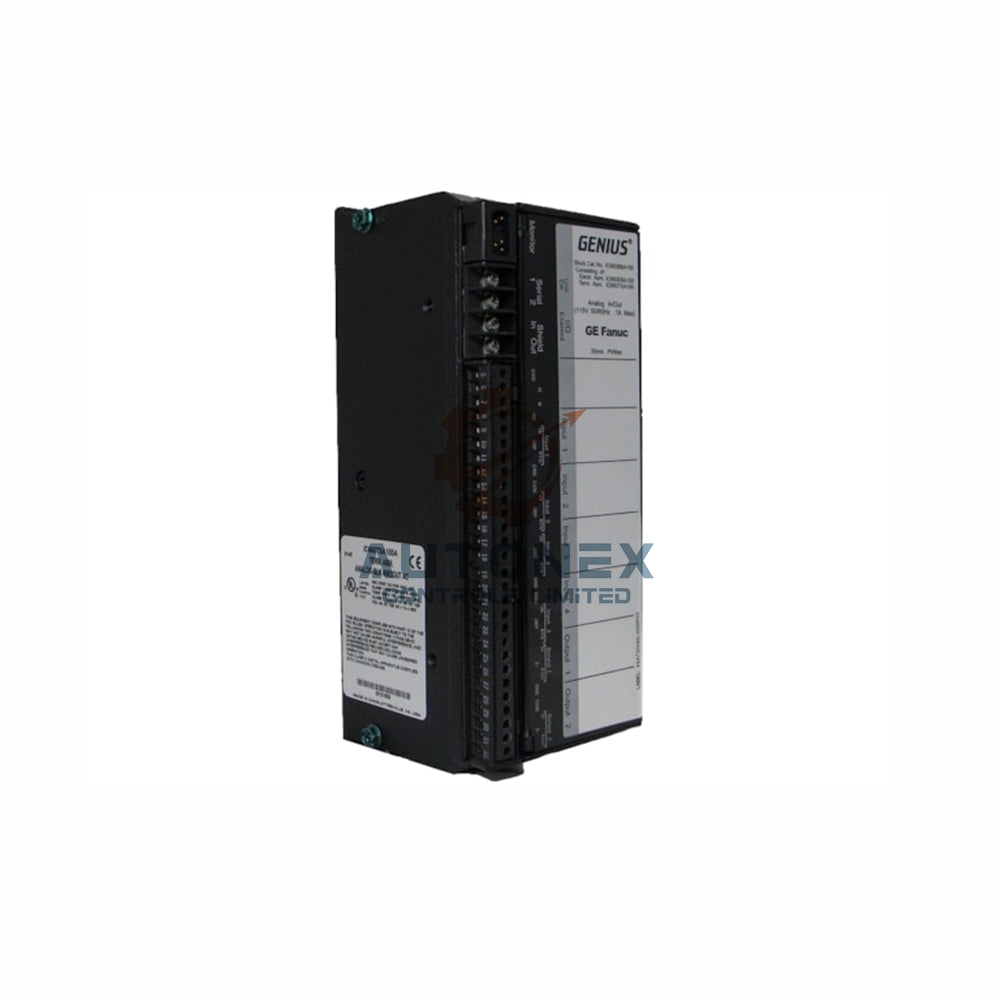10 устаревших компонентов автоматизации, которые по-прежнему движут промышленность в 2025 году
Хотя Industry 4.0 и умные фабрики занимают заголовки новостей, бесчисленное множество производственных предприятий продолжает полагаться на проверенное устаревшее оборудование. Эти надежные системы составляют основу глобального производства, предлагая надежность, удобство обслуживания и знакомство, которые новые технологии еще не полностью заменили. Вот десять устаревших компонентов автоматизации, сохраняющих высокий спрос в 2025 году.
1. ПЛК Allen-Bradley SLC 500: Рабочая лошадка Северной Америки
В течение десятилетий ПЛК SLC 500 контролировали производство в Северной Америке. Их модульные системы ввода/вывода и надежные процессоры обеспечивают легкое обслуживание и расширение. В результате многие линии упаковки, розлива и обработки материалов по-прежнему работают на этой проверенной платформе.
2. Контроллеры Siemens S7-300: Европейская промышленная основа
Контроллеры Siemens S7-300 остаются промышленным фундаментом Европы более двадцати лет. Их стабильность и совместимость с различными средами программирования делают их незаменимыми. Многие производители оборудования и технологические предприятия постепенно переходят на системы S7-1500, сохраняя при этом установки S7-300.

3. Серводвигатели Yaskawa SGDH: Специалисты по точному движению
Приводы серии Sigma-II от Yaskawa обеспечивают исключительный контроль движения с высокоточным обратным связью. Эти устройства питают роботов, ЧПУ-оборудование и машины для точного позиционирования. Их плавная работа крутящего момента и надежность часто важнее сетевых возможностей для многих применений.
4. ПЛК Mitsubishi FX2N: Компактные решения для управления машинами
ПЛК Mitsubishi FX2N обеспечивают прочное и компактное управление оборудованием оригинальных производителей по всему миру. Их простое программирование и надежная работа входов/выходов делают их идеальными для управления малыми машинами и последовательными процессами.
5. GE FANUC серия 90-30: Основной элемент управления инфраструктурой
Системы GE FANUC серии 90-30 продолжают обслуживать коммунальные службы, водоочистные станции и критическую инфраструктуру. Их модульный дизайн, варианты связи и надежная программная платформа эффективно поддерживают проекты модернизации муниципальных и промышленных объектов.
6. ПЛК серии Omron C200H: Чемпионы сборочных линий
ПЛК Omron C200H управляют многочисленными сборочными и упаковочными системами с интенсивным использованием датчиков. Эти контроллеры обеспечивают быстрое время отклика на входные сигналы и простое программирование. Многие старые конвейерные и pick-and-place ячейки по-прежнему зависят от их надежной работы.
7. Приводы Schneider Electric ATV31: Надежное управление энергией
Приводы Schneider Electric ATV31 обеспечивают надежные и компактные решения для управления двигателями. Несмотря на появление новых моделей, многие предприятия продолжают использовать блоки ATV31 за их интуитивно понятную настройку параметров и совместимость с устоявшимися сетями, такими как Modbus и CANopen.
8. Сервосистемы FANUC Alpha: точность ЧПУ и робототехники
Сервомоторы и усилители FANUC Alpha обеспечивают исключительную точность для устаревшего ЧПУ и робототехники. Их высокая крутящая способность и точная обратная связь делают их предпочтительными для фрезерования, токарной обработки и позиционирования по всему миру.
9. Преобразователи ABB ACS300: простое и надежное управление двигателем
Частотные преобразователи ABB ACS300 обеспечивают простое управление и прочную конструкцию. Эти преобразователи часто используются в системах ОВК, конвейерах и миксерах, где надежность важнее расширенных функций подключения.
10. Панельные интерфейсы Allen-Bradley PanelView Standard: классика операторского интерфейса
Панельные интерфейсы Allen-Bradley PanelView Standard обеспечивают четкое отображение и отзывчивую работу. Их простота, компактные размеры и доступность запчастей делают их популярными для проектов модернизации, несмотря на появление новых моделей HMI.

Почему устаревшие компоненты остаются необходимыми
Полная замена системы управления связана с большими затратами и операционными рисками. Поэтому поддержание существующих систем с проверенными компонентами часто является наиболее практичным подходом. Устаревшие детали позволяют продлить срок службы оборудования при планировании стратегических обновлений.
Кроме того, команды обслуживания обладают обширными знаниями этих систем. Их знакомство с проводкой, программированием и устранением неполадок снижает потребность в обучении и ускоряет ремонт. Этот опыт обеспечивает ощутимую экономию и минимизацию простоев.
Отраслевой взгляд: баланс между устаревшим и инновациями
Из нашего отраслевого опыта постепенный переход оказывается наиболее эффективным для многих производителей. Полная замена систем требует значительных капиталовложений и нарушений работы. Вместо этого стратегическая замена компонентов при сохранении основной инфраструктуры часто дает оптимальные результаты.
Мы наблюдаем, что предприятия, сочетающие надежность устаревших систем с целенаправленными технологическими обновлениями, достигают лучших результатов в работе. Такой сбалансированный подход поддерживает непрерывность производства, внедряя современные возможности там, где они приносят максимальную пользу.
Практические сценарии применения
Модернизация розливочного завода: Компания по производству напитков сохранила ПЛК SLC 500, добавив современные датчики и сбор данных. Такой подход сохранил инвестиции в управление и обеспечил получение аналитики производства.
Автомобильная сборка: Производитель автомобилей поддерживал в работе ПЛК Omron C200H, одновременно интегрируя новые системы безопасности. Эта стратегия обеспечила непрерывность производства во время поэтапных улучшений.
Часто задаваемые вопросы
Почему компании продолжают использовать устаревшие компоненты автоматизации?
Устаревшие компоненты обеспечивают проверенную надежность, знакомство с обслуживанием и экономическую эффективность. Замена целых систем связана с большими затратами и нарушением работы.
Производятся ли еще детали для устаревшей автоматизации?
Оригинальные производители часто прекращают производство, но специализированные поставщики предлагают восстановленные и протестированные компоненты с гарантией.
Как долго устаревшие системы автоматизации могут оставаться в эксплуатации?
При правильном обслуживании и обеспечении компонентов устаревшие системы могут надежно работать десятилетиями. Многие установки продолжают эффективно функционировать значительно дольше ожидаемого срока службы.
Каковы риски использования устаревшего автоматизированного оборудования?
Потенциальные проблемы включают доступность компонентов, ограничения в области кибербезопасности и трудности с поиском техников с соответствующей квалификацией.
Когда компаниям следует рассматривать возможность обновления устаревших систем?
Необходимость обновления возникает, когда затраты на обслуживание растут, запасные части становятся дефицитными или эксплуатационные требования превышают возможности системы.
Проверьте ниже популярные товары для получения дополнительной информации на Autonexcontrol


